[Katie Shapiro, Wisconsin Historical Museum]
Today we are pleased to introduce Madeline Uraneck as part of the Wisconsin Historical Museum’s History Sandwiched In lecture series. The opinions expressed today are those of the presenter and are not necessarily those of the Wisconsin Historical Society or the museums employees.
Author Madeline Uraneck is an educator and writer who has visited 64 countries through her role as International Education Consultant for the Wisconsin Department of Public Instruction, several Peace Corps assignments, and her passion for world travel. Her writing has appeared in K-12 curriculum materials, educational handbooks on culture and policy, and publications including Worldview Magazine, Hotline, Global Education, Worldwide Schools, and the Isthmus for which she received a Milwaukee Press Club Award. Please join me now in welcoming Madeline Uraneck.
[applause]
[Madeline Uraneck, Author, How to Make a Life – A Tibetan Refugee Family and the Midwestern Woman They Adopted]
Thank all of you for coming on this gorgeous day. Im delighted to see every one of you here. And, I think were going to have a wonderful presentation. So, I wrote a book, How to Make a Life, and it has a long subtitle. A Tibetan Refugee Family and the Midwestern Woman They Adopted. Spoiler alert – Im the Midwestern woman.
[laughter]
So, first, [speaking Tibetan] –
[slide with the Tibetan for Hello – Tashi delek next to an image of the cover of her book]
– you say -la to indicate respect. We want to teach you how to say hello in Tibetan. Would you like to try it?
Tashi delek.
[audience]
Tashi delek!
[Madeline Uraneck]
One more time because I’ll ask at the end. Tashi delek!
[audience]
Tashi delek!
[Madeline Uraneck]
Okay. So, how did I get involved with this Tibetan family that moved to Madison? And I think it starts at Folklore Village in Dodgeville. Have some of you been to Folklore Village in Dodgeville?
And this is a place that really celebrates culture, folk dance, folk traditions, foods from all around the world. And I worked there in the 1970s and 1980s. And because I worked there, I received a fellowship –
[slide titled, Dala Floda, Sweden, featuring a photo of a lake and houses in that city]
– to study in Sweden for a full year, and I studied bilda kultur, folk culture. And this was more culture and more folk. And because I did that –
[new slide titled, Kyushuu, Japan, featuring a photo of Ms. Uraneck with her Japanese class]
– I applied to teach Japanese in Japan for three years, and then I was a part of those cultures because you’re a part of work culture. And that was a great experience. And because I did that, I got a wonderful job for the state as International Education Consultant –
[Madeline Uraneck]
– and was able to help study cultures of many – many teachers who came and put culture and world languages in the classrooms.
And leaving there late in life, I became a Peace Corps volunteer, and I was assigned to a country –
[new slide titled, Lesotho, Africa, featuring a photo of Madeline as a Peace Corps volunteer there]
– I’d never even heard of in Southern Africa, a little country called Lesotho, the mountain kingdom of Africa, and was there for three years. And because I did that –
[new slide titled, Ala-too mountains, Kyrgyzstan, featuring a photo of Madeline as a Peace Corps volunteer there]
– I worked for Peace Corps and they sent me to Central Asia to countries I’d never heard of before in the stans, Kyrgyzstan and Turkmenistan.
[new slide posing the question of – of all the 64 countries youve been, whats your favorite?]
And then I was back, and this is a very American question that people ask you in America.
[laughter]
[Madeline Uraneck]
Of all the 64 countries you’ve been, what’s your favorite? And I found myself saying Tibet, which is a ridiculous thing for me to say because I’ve never been to Tibet.
[laughter]
[slide with a photo of multicolored Tibetan prayer flag fabrics]
I didn’t even know anyone at that time who’d been born in Tibet. And maybe, like you, driving around Madison you can see some prayer flags here and there –
[new slide featuring a photo of a house with a poster in the front yard that says – Please, Help us! Save Tibet!]
– and you can see the sign says, you know, Save Tibet or Freedom – Freedom for Tibet. But the reason that I, after all this travel –
[Madeline Uraneck]
– would answer Tibet was because of one woman, and that woman is named –
[slide with a photo of Tenzin Kalsang]
– Tenzin Kalsang.
And today, just a few blocks from where this presentation is, she is working. And thats a lot of the story is she is working because she is –
[Madeline Uraneck]
– a refugee, asylee, immigrant, whatever. People come, when you come to a culture that’s modern and expensive, like the one in Madison, Wisconsin, you really have to hustle to – to make ends meet. So, I hope that you get to meet her one of these days because she does when shes able to come and – and present. And I just saw her. She was working at D.P.I. late one night, Department of Public Instruction, and she was – she was dusting my cubicle. And she had this beautiful, long braid. And so, I said, Where are you from? And she said, Tibet. And so, that became this book.
[laughter]
So, it would go kind of like this. I’ll read just a little. ‘”Madeline, you busy? I have a question.”
[slide with a photo of Madeline and Tenzin at the Madison Farmers Market]
Tenzin occasionally stopped by my cubicle at the end of my workday to ask an array of questions. She often asked about money market C.D.s, investments, and mortgages. Even though shed never gone beyond seventh grade in India, she had an acute knack for financial management.’
[Madeline Uraneck, reading from her book]
‘After Tenzin lived in the U.S.A. for three years, she became eligible to apply for a family reunification visit – visa, and she asked me where she could rent an apartment for her family and if I would help her fill out the forms to bring them from India.
Well, I was a lifelong renter, and I chose my apartments for their lopsided charm. I had no children, no C.D.s in the bank, and I was as frustrated by the tiny font on these forms as she was. But fortunately, Tenzin asked questions of other Tibetans whod been here a short time, and a long time, and other people, and she accumulated some good advice. So, working for $7 an hour, Tenzin soon had more money in her savings account than I had.’
[laughter]
‘”I sent $300 to my mom today, shes sick,” she would say. Or “I sent my sister $400. Shes gonna give it to my niece for her tuition.” Or “I sent $500 to Free Tibet.” I looked at the carpet cleaners and the trash bin collectors in my building with new respect.’
So, not in the beginning, but as it came over the years, I myself read and learned more about Tibet. And you can see this white area –
[slide with a map of Asia with Tibet in white between China and Nepal]
– is huge. Even kids here have no idea of kids of Tibetan ethnicity. They think Tibet was something small. A huge part of China, which, of course, was one reason why China was interested in it. A long history of the border, like all countries have with their border countries. But in 1950 and then all through the ’50s and leading up into 1959, the Chinese Liberation Army increasingly came into the section of – of Tibet, into what was Tibet at that time –
[Madeline Uraneck]
– and it’s a really horrendous history to read about. The murder of monks and the burning of monasteries and all of these monasteries had these amazing libraries just hundreds of years old with Sanskrit and handwritten translations. And when they began killing people, first the higher up Tibetans and then more and more people, people fled into the countries of, you can see –
[return to the map of Asia with Tibet in white]
– Nepal nearby and – and especially into India in massive, massive numbers.
[new slide with a photo of Tibetans walking a snowy, rocky peak fleeing Tibet]
This is a photo, a recent photo. We don’t have very many photos of that time in 1959 as people were escaping for their lives, dragging their family, rich and poor together, burying some of these treasures from the library that are still –
[new slide with a map of India and Nepal with black dots representing Tibetan refugee settlements]
– turning up occasionally. But they came down into Tibet and Nepal, and you can see all these little black dots. These were what became refugee settlements. And the government of India cooperated with His Holiness the Dalai Lama, and they saw – had – they had a vision that they wanted to make these separate entities –
[Madeline Uraneck]
– not integrate but separate entities where Tibetans would be able to keep their religion and culture and holidays. And they did indeed become remarkably successful refugee settlements, over 47 today, where they – people work in cooperative – cooperative relations in the fields and own things cooperatively. Just fascinating. Some people have called them historically probably the most successful refugee settlements in the world. And I think we have a – a lot to learn given today.
Well, Tenzin was married at this refugee settlement, which chapter something, to a man named Migmar Dorjee. And I didn’t know –
[slide with a photo of Migmar Dorjee-la]
– Migmar. At first, I got to know Tenzin. So, this story, and I’ll read you just a little tiny bit of it, is something that I learned – I learned later. And this is a story that elopes on Tenzin, his parents. Many people that you can meet in Wisconsin can tell you this story firsthand. Its an amazing story of – of what transpired in the – in the late 1950s. And the story is just as fascinating leading right up to today.
But Migmar would tell me this story surrounded by his children who would all simultaneously translate. And someday maybe youll hear his version of it, but heres what I could get out of Migmars story.
‘So, at 2:00 a.m. on an overcast night in December 1959, the three families, his parents and his two older brothers who were married then, crept out their back door as the village slept. They led their burdened yaks as quietly as they could through two feet of snow –
[return to the slide with the photo of Migmar]
– heading toward the foothills, gorges, and ridges that rode quickly into the Himalayas beyond. The falling snow soon whipped into a fierce blizzard, blinding them so they could not look back on the village that they would never see again, but obscuring their tracks from any Chinese soldiers who might discover their absence’ –
[Madeline Uraneck, reading from her book]
– ‘and they headed in the direction of Bhutan.’
‘In the hour before their departure Tenpas wife gave Migmar a handful of moistened barley. “Put this in your coat – put this in your coat pocket,” she told him. And hours later, when Migmar complained he was hungry, she reminded him, “Eat your tsampa.” He put his hand in his pocket, but it was empty. As he had stumbled and fallen in the snow in the early morning darkness, the small ball of grain must have dropped out. Despite the blizzard, they kept looking backwards. Migmars sister Migkyi, her husband, and her husbands older parents should have caught up with them at the edge of the village. And Migmar’s family assumed that it was the elders that were slowing the group down.’
‘As they reached the summit, the blizzard became life-threatening with screaming winds that hurled blinding chunks of ice and snow. Landmarks disappeared. The group decided to turn back to Sammar, a village through which they had just passed, praying the storm might slow down any soldiers in pursuit.’
‘In the confusion of turning around, seven of their yaks not only turned but kept on descending back toward their home in the valley. The gray and black beasts disappeared into the whiteness, carrying not just food and blankets but all of the familys wealth, silver and copper coins and heirloom jewelry of silver, amber, and turquoise.’
‘In Sammar, the men yanked out and tied up the single tent that remained, its hand-sewn edges flapping furiously in the wind. Exhausted, Migmar fell asleep inside the tent, his head on his mothers lap.’
We can illustrate this better.
[return to the current photo of Tibetans fleeing Tibet]
‘While the men slept outside sitting up in relentless blowing snow. In the morning, they still saw no sign of Migkyi and her group. Heartbroken, the family traced – faced the probability that Migkyi had been captured by the P.L.A. It would be five decades before Migmar would learn what happened to her.’
‘Migmars legs were so frozen from the brutal night in the cramped position that he could not walk.’ –
[Madeline Uraneck, continuing to read from her book]
– ‘Namdol lifted him atop a yak, an older brother. High above the blinding snow, the 13-year-old rode over the crest of the Himalayas and into the kingdom of Bhutan toward an uncertain future.’
So, Tenzin thinks that her story is not remarkable. She thinks it’s ordinary because everybody that she knows has the same story here in Madison.
[slide featuring a portrait photo of Migmar Dorjee and Tenzin Kalsang together]
So, she told me her story in kind of bits and pieces, and I love her story because, while it doesn’t have the drama of Migmar’s, it has so many delightful – so many delightful aspects of it. So, Tenzin’s story.
So, now they’re living in the south of India on one of those little dots, Bylakuppe refugee settlement.
[Madeline Uraneck, reading again from her book]
‘And in 1989, Tenzin and Migmar began hearing rumors that a thousand Tibetan refugees from the settlements in Nepal and India would be able to enter their names in a special U.S. immigration lottery. Tenzin, the young woman born and raised in the dusty, if successful, settlement, looked at her four small children and said to her husband, “Lets try.”‘
‘By that time, more than 110,000 refugees lived in 47 settlements sprawling across India and Nepal. One or two thousand more fled across China’s borders each year, although the Indian government no longer made land allotments for these newcomers. Each Tibetan refugee family was allowed to submit only one name to the resettlement lottery.’
[return to the portrait photo of Migmar and Tenzin]
‘And families debated who could be spared and who might have the best chance. Among the 15,000 people who finally applied, the Central Tibetan Administration in Dharamsala carefully tried to choose a balance between new, often landless refugees –
[Madeline Uraneck, reading from her book]
– ‘whod come most recently from Tibet and those who had been in India and Nepal the longest; between people who are largely illiterate and those with education and special skills; between family heads and single persons. And they looked for strong men and women, ages 18 to 45, and miraculously to Tenzin, her name, not her husbands, was drawn.’
‘And so, she wrestled with the choice of whether to go or stay. And she looked to Migmar’ –
[return to the portrait photo of Migmar and Tenzin]
– ‘who said calmly, “Let’s stay. We dont have a lot of money, but we have enough food.” Her parents and older sisters were concerned that she’d not be leaving – not only be leaving them, but the four young children, and they agreed with Migmar. How could they manage without her?’
[Madeline Uraneck, reading yet from her book]
‘And yet, other friends and neighbors crowded around her and envied her chance to be one of the lucky thousands. And she was bewildered by the urgency and enormity of the decision, and as she delayed, the first groups began departing Bylakuppe, America-bound. Batch one, batch two, it was time to make a choice.’
And you might guess what she chose.
So, five years later, it took five years, the children arrived.
[slide featuring a photo of Tenzin and her children]
So, my relationship with Tenzin during those five years had been, you know, we weren’t like best friends or anything. But once the kids arrived, I felt very important, because I was an educator, and I –
[Madeline Uraneck]
– would be able to help them enroll in school and tutor English and other subjects.
Well, you can kind of see from the picture here, maybe my busybody, bossy, older sister personality wasn’t always appreciated.
[return to the photo of Tenzin and her children]
[laughter]
In fact, in – in this picture, Lhadon, the girl in the family, refused, she was an adolescent after all, to be in the picture. So, they came.
[slide featuring two photos of Tenzin at work]
And so, how did I get involved with the children? Because if you are a refugee, asylee, immigrant, and you come to a new country with a new language, you work so hard. And Tenzin then worked three jobs. She worked a day job, she worked a part-time evening job, and she worked a weekend job.
[Madeline Uraneck]
And I had no idea that these jobs were often dangerous, in contact with a lot of chemicals, and also, the night jobs especially, so lonely, where –
[slide featuring a photo of Tenzin at her night job as a custodian]
– your four, or eight-hour, or six-hour shift in a building and youre the only one on the floor and the people on other floors may not even speak your language.
[slide featuring four photos of Madeline interacting with Tenzins children]
Meanwhile, I had these great kids. Respectful, fun, polite, and we did lots of things. And the book tells about some of the anecdotes and many funny things, traveling – traveling with the kids.
[new slide featuring another portrait photo of Ms. Uraneck and Tenzin’s children]
And I was mostly interested in two things about them. I had two questions. One, how on Earth were they going to learn English and catch up with these – they arrived as middle school students – so, how are they gonna catch up with the middle school and high school students? And then, if they did, how would they retain –
[Madeline Uraneck]
– any of their Tibetan or Tibetan culture? So, that was my interest in culture, and that’s what I explore a lot in the book as they all, one by one, first Tenzin, become citizens. And I, who are known by my friends to be frequently very critical of U.S. foreign policy, cried at every one of these –
[laughter]
[slide featuring a photo of Tenzin and her children at her citizenship ceremony]
– citizenship ceremonies. It was so touching to see people from all over the world take the oath and become part of our great country.
[new slide featuring an old photo of Ms. Uraneck’s parents]
One of the first real gifts that the family gave me is I realized my own grandparents had done this. They had come in 1920 from the border of Poland and Czechoslovakia, and though I hadn’t known it, I hadn’t known them that well and then by the time I’m ready to ask, they’re gone. And –
[Madeline Uraneck]
– how hard they had to work, how they had to learn – learn a completely new language, which my grandmother never really did. How the parents, how the children were bilingual and ashamed of their parents. And, you know, this is one of our strongest, oldest stories and a story I think very relevant to think about in – in these days.
Now, when you’re a new – when you’re – when there’s enough of you, and there came to be first 400 and then 500 and now 600, you can decide which of your customs you should keep, which ones that’s just gonna be hopeless to hang on to, and then there’s a lot of them that just disappear without your even realizing it. And this is what happens so fast, and I just happen to be in the position to see this swirling around, that in how long do you think it took the kids to lose their Tibetan?
What would you guess?
[audience members]
One year.
[Madeline Uraneck]
One year, language? Really, one decade.
So, the kids of the kids that came, you know, were fluent, completely fluent in English and learning Tibetan as a foreign language, which they can do in Tibetan Saturday schools.
[slide featuring a photo of Tibetan refugees learning their language in a Saturday school]
And we also have Chinese Saturday schools and Korean Saturday schools, and all over Madison, there’s a lot of Saturday schools or Sunday schools depending on the nationality. As we’ve had, the Historical Society knows, for hundreds of years immigrants have been doing this –
[new slide featuring a photo of a Tibetan student’s graduation in the front of the Kohl Center]
– keeping certain customs and then other customs disappear. Certainly –
[new slide featuring two photos of Tibetan prayer corners]
– for Tibetans, Tibetan Buddhism is central to their culture. And I’m not a Buddhist but I was fascinated with this –
[new slide featuring a photo of the entrance to the Deer Park Buddhist monastery in Madison]
– which centers in Madison out of Deer Park, a Buddhist center and monastery. How many of you have had the privilege of –
[Madeline Uraneck]
– going to Deer Park? This is an amazing thing, and you should try to – try to get there. Just look at the beauty of this place with – with architects –
[slide featuring a photo of the monastery building at Deer Park]
– and stone masons and carvers brought from the Tibetan communities in – in – several – several countries.
[new slide featuring a photo of Tenzin and Migmar along with two of their Tibetan friends]
So, that’s kind of the story how you can, in any city, talk to somebody from another culture –
[Madeline Uraneck]
– and you say, “Hello” and a door opens and then, depending on the questions that you ask, you might find yourself on a journey, a journey in my case that went to three different countries.
[slide featuring a photo of Tenzin’s children at their home in India]
And I thought I was going to be the guide of the children, but, in no time at all, the children were my guide. And my sister Susan and I were able to go with the three boys, and they guided us in their Hindi and languages to Bylakuppe –
[Madeline Uraneck]
– where they had been raised as – as kids. And this is the house that they had been raised in.
[return to the slide with the photo of Tenzin’s boys in front of their Indian home]
And we went to three communities, Tibetan communities in India. And I think we’re probably two of the only people who have ever been to India without meeting any Indians.
[laughter]
[Madeline Uraneck]
Like if you went to America and you only, you know, met Navajo people or I don’t know, maybe some communities where you’re speaking Spanish. But, you know, just the depth, the layers and layers of culture there were to –
[slide featuring two more photos of Ms. Uraneck’s visits to India]
– to explore were fantastic. And the arts. The youngest son, Thardoe, spent an entire year learning Thangka painting.
[new slide featuring a prayer service in India with the Dalai Lama]
And, of course, the path got closer and closer to the Dalai Lama, but you’ll have to read the book.
[slide featuring a photo of the book cover of the Dalai Lama’s book Freedom in Exile]
And one thing that’s very fascinating to me –
[new slide featuring four portrait photos of Tenzin’s children, Thardoe, Tamdin, Namgyal, and Lhadon with their spouses]
– I’m not quite sure why, as a divorcee, but is the marriage – marriage customs and this blend of love/marriage or arranged/marriage or –
[Madeline Uraneck]
– kind of an Asian, Pan-Asian blend of the two, which more than just Tibetans do, in the United States is fascinating. And this I explore in the book.
[slide featuring a photo from Namgyal and Thardoe’s double wedding]
And this is a wedding, not in a faraway country, but right here in Madison. Many times, I would just pinch myself and say, am I in Madison, Wisconsin? Just this whole other world.
[new slide featuring a photo of one of Tenzin’s sons and his bride at the marriage ceremony]
Even one wedding that I went all the way to Nepal to try to maybe prevent –
[laughter]
– is another story.
[Madeline Uraneck]
I didn’t always agree with all of the – all of the customs, but you’ll have to read about that. As you might see from the picture, maybe I didn’t succeed.
[laughter]
[slide featuring two photos, one of Tenzin and her children with her first grandson, Choesang, and another with Ms. Uraneck holding Choesang]
And the story kind of comes in this cultural exploration, ends in – with the birth of the youngest, the first grandchild, who was Tenzin Choesang and who I am honored to know. There have since been more grandchildren –
[slide featuring a portrait photo of Tenzin, Migmar and their four children]
– but I think it would be just wonderful to be able to appreciate all of the many gifts that the family gave me –
[slide featuring a quote from the Dalai Lama – Love and compassion are necessities, not luxuries. Without them, humanity cannot survive]
– certainly, the lessons of his holiness the Dalai Lama, but also to see so many people who work toward –
[Madeline Uraneck]
– a vision daily – in a very daily way. I finally understood more deeply how you do peace. You do it daily in very conscious – conscious ways.
[final slide with the phrase – Thuk je che! (Thank you in Tibetan) and asking if the audience remembers greetings]
So, I’d like to thank you.
[applause]
Search University Place Episodes
Related Stories from PBS Wisconsin's Blog

Donate to sign up. Activate and sign in to Passport. It's that easy to help PBS Wisconsin serve your community through media that educates, inspires, and entertains.
Make your membership gift today
Only for new users: Activate Passport using your code or email address
Already a member?
Look up my account
Need some help? Go to FAQ or visit PBS Passport Help
Need help accessing PBS Wisconsin anywhere?

Online Access | Platform & Device Access | Cable or Satellite Access | Over-The-Air Access
Visit Access Guide
Need help accessing PBS Wisconsin anywhere?

Visit Our
Live TV Access Guide
Online AccessPlatform & Device Access
Cable or Satellite Access
Over-The-Air Access
Visit Access Guide
 Passport
Passport

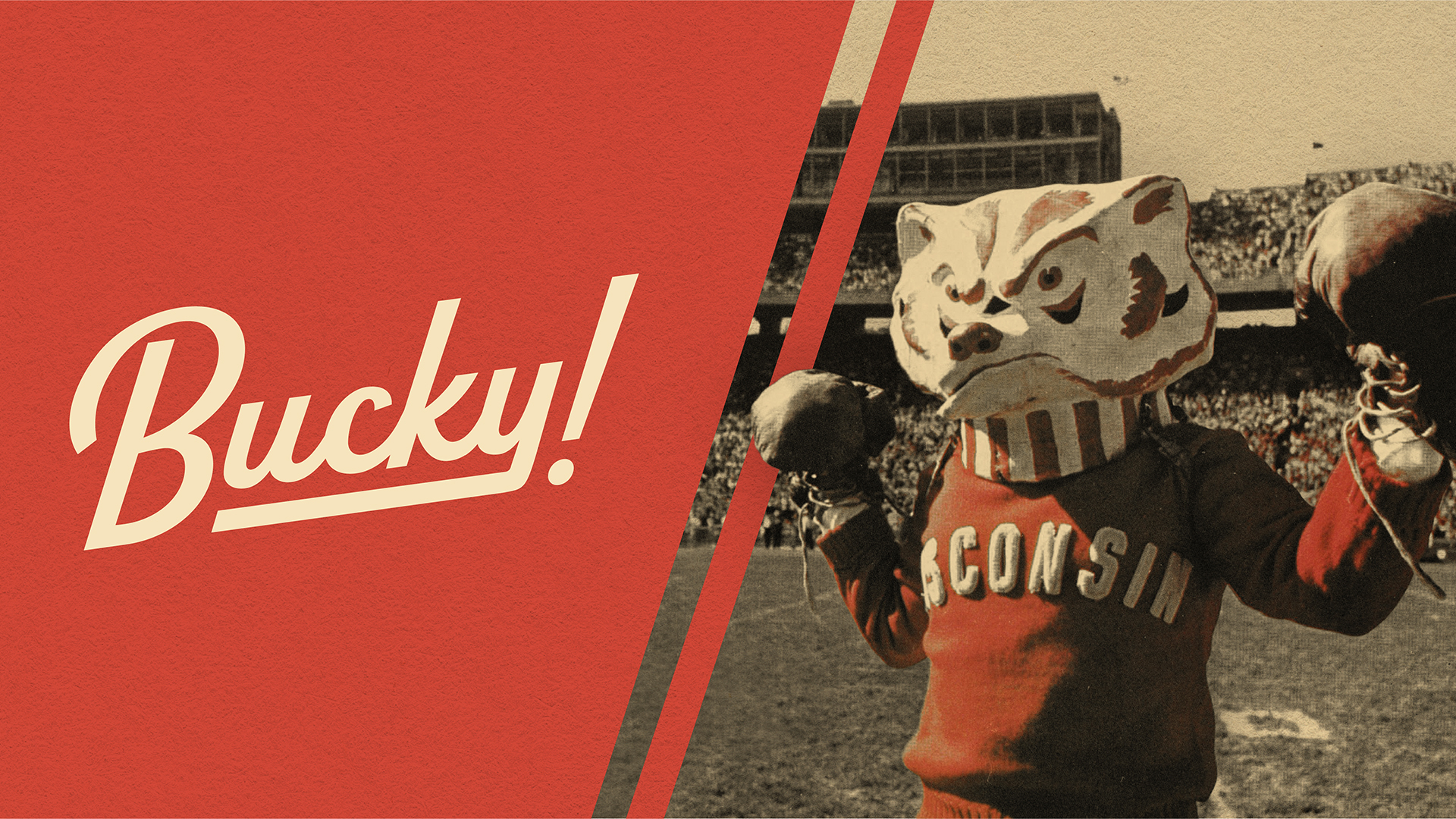
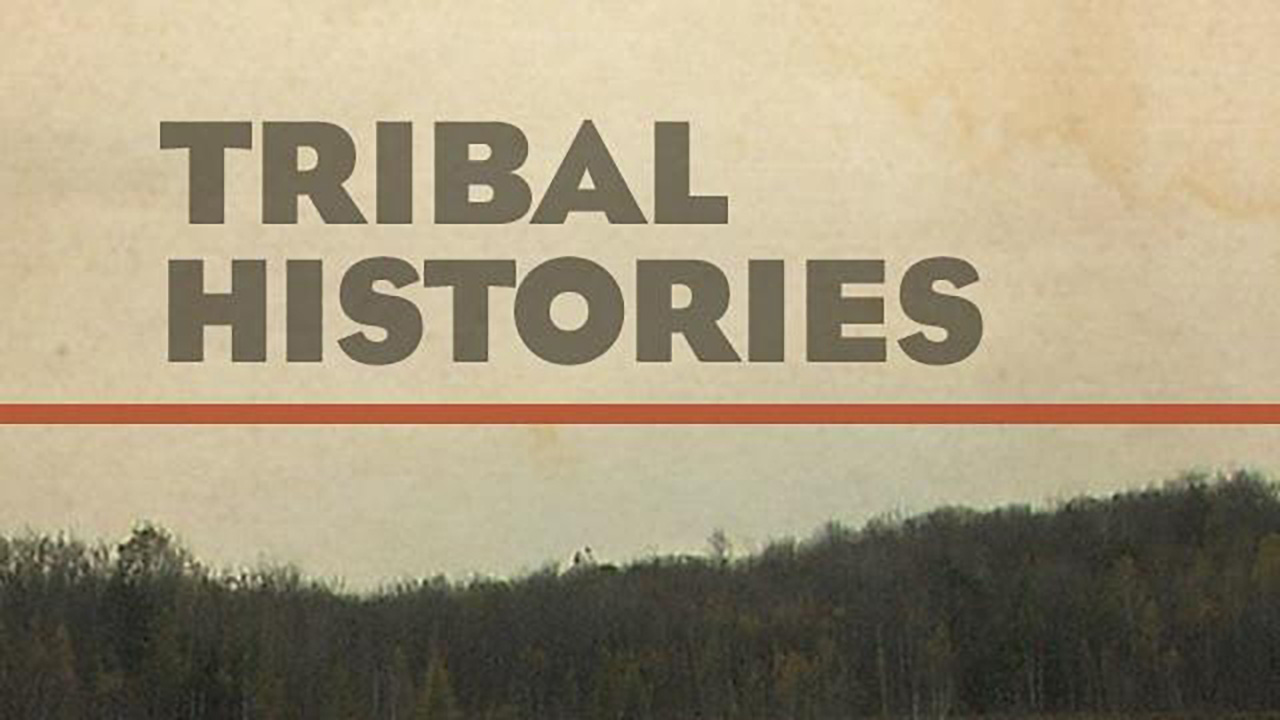
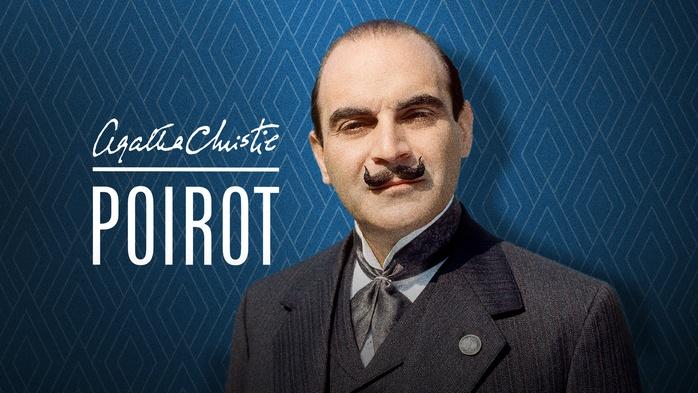



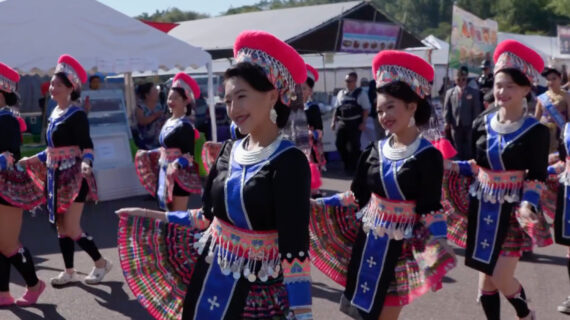
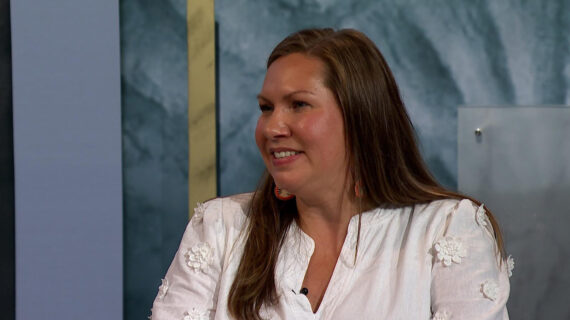
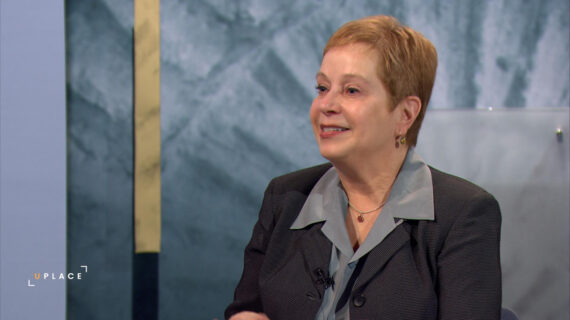
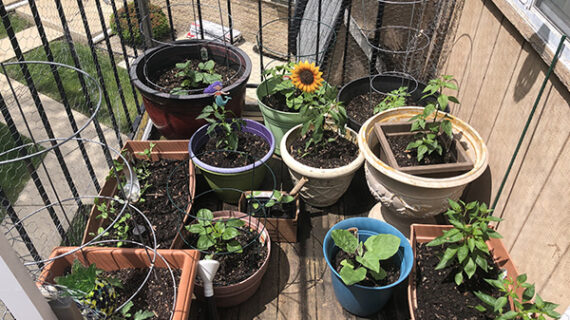
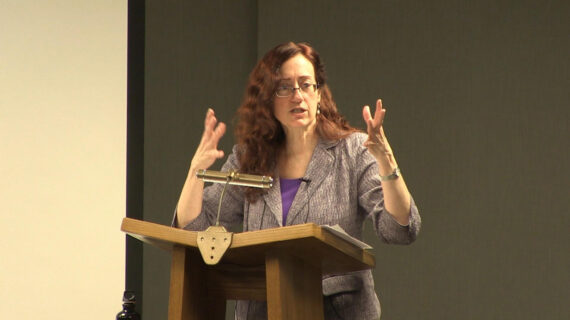
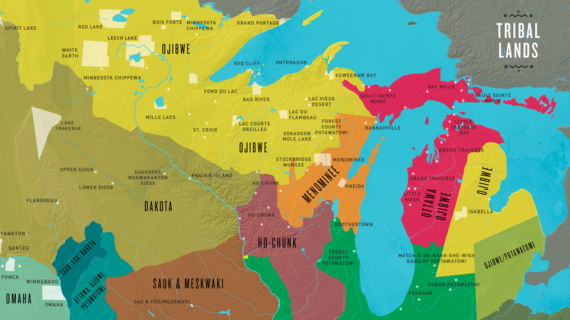
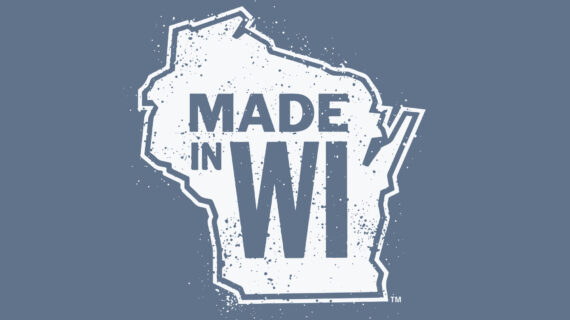

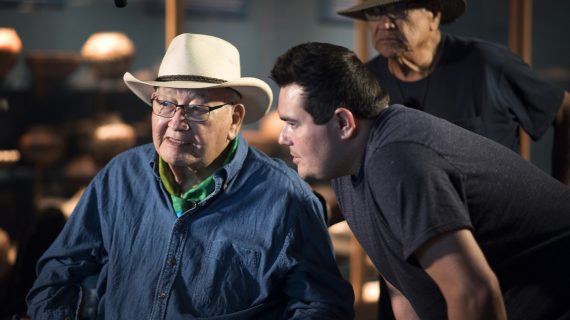


Follow Us